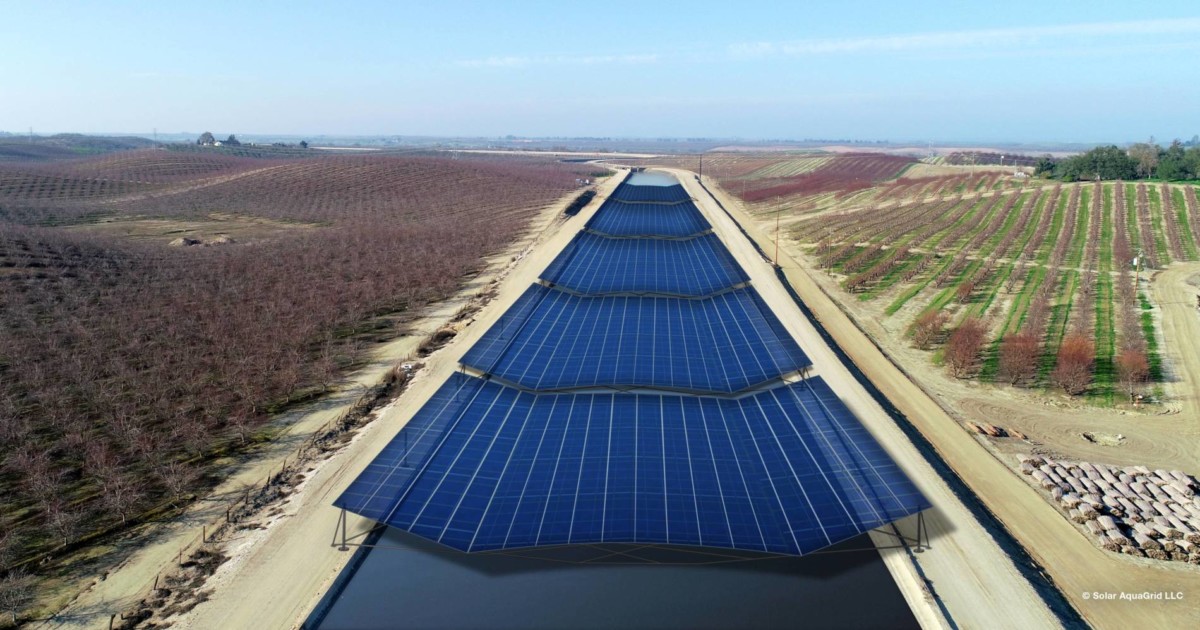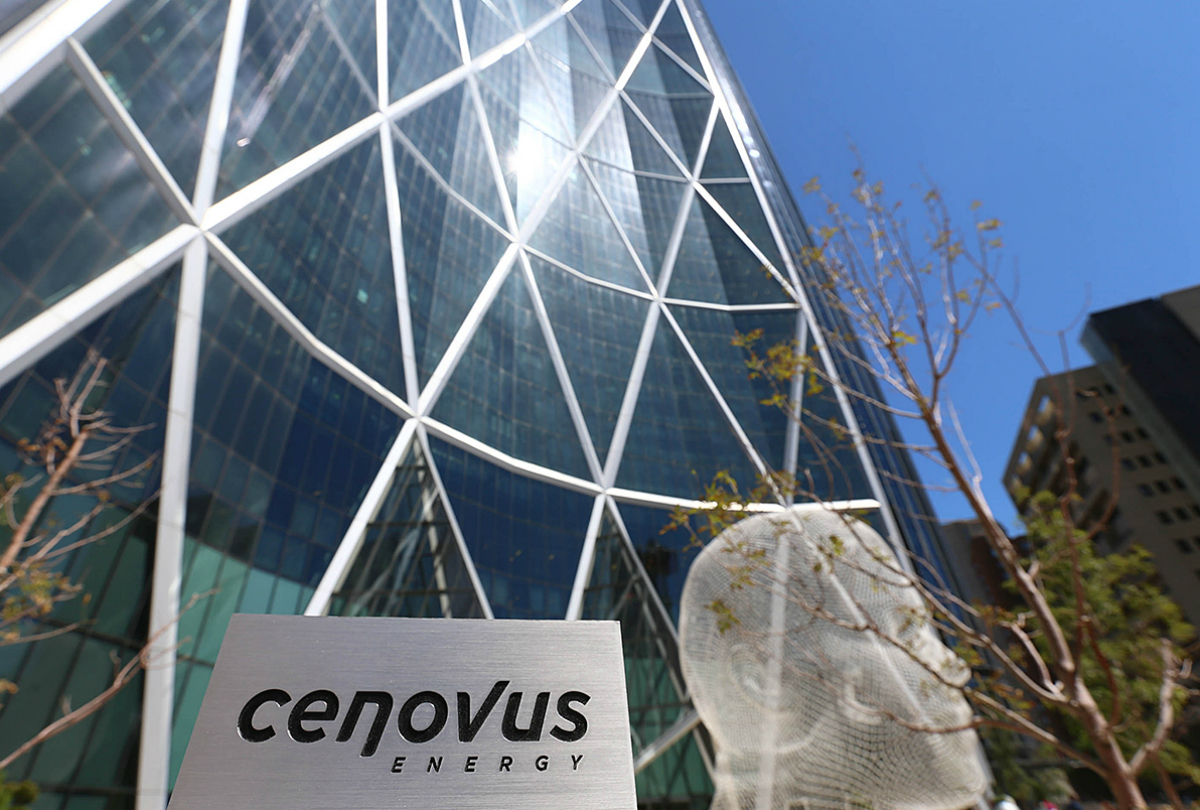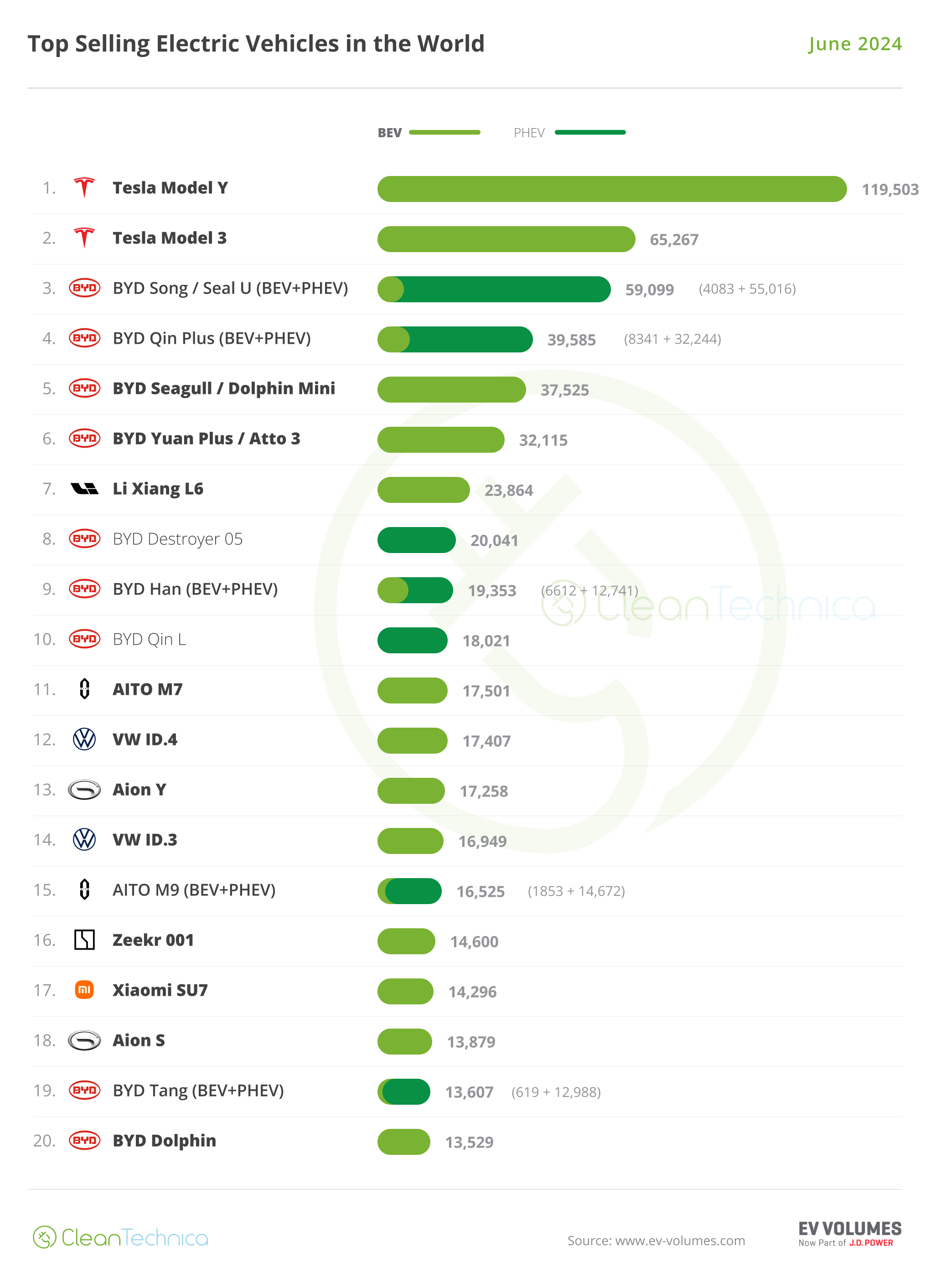The United Arab Emirates is in the spotlight this week as some 70,000 premiers, potentates, and poseurs descend on Dubai to attend the COP 28 climate conference, from which much is hoped but little is expected. Not far away, 35 kilometers outside of Abu Dhabi City, the Al Dhafra Solar Facility was switched on just days before the climate summit is scheduled to begin.
The timing is not a coincidence. It is meant to send a signal to the world that while the UAE remains one of the largest producers of oil and methane gas in the world, it recognizes that change can and must occur. The UAE is historically hot. Burning the fuels it produces makes it even hotter. The Al Dhafra solar installation is expected to reduce atmospheric carbon emissions by 2.4 million tons each year.
It is no coincidence that Sultan Al Jaber is both the leader of the COP 28 climate talks and head of ADNOC, the official oil and gas production company for Abu Dhabi. At the ceremony to commission the 4 million solar panel, 2 GW Al Dhafra solar farm — the largest single point solar installation in the world at 20 square kilometers — Al Jaber said, “Al Dhafra is part of a long and proud history of energy innovation, made possible thanks to the vision of Sheikh Mohammed bin Zayed Al Nahyan, President of the UAE.
“This world leading solar project demonstrates remarkable progress in solar power efficiency, innovation and cost competitiveness — setting a new record low tariff. To create Al Dhafra, Masdar brought together three partners from around the world: TAQA, EDF of France, and JinkoPower of China. With just days to go before the start of COP 28, I will be asking the world to unite and deliver the energy transition by tripling renewables capacity and doubling energy efficiency by 2030. Al Dhafra is an example of the scale of the ambition needed around the world.”
In less than fifteen years, the UAE has become a global leader in solar energy. In 2009, Masdar switched on the country’s first solar project at 10MW. The Al Dhafra solar installation is 200 times that size. As the countdown to COP28 in the UAE begins, this mega project initially achieved the world’s lowest tariff at financial close, and demonstrates the country’s longstanding commitment to decarbonization at home and around the world.
The UAE is also a world leader in solar energy use according to the latest data from The Energy Institute Statistical Review of World Energy. It ranks second globally in terms of per capita solar energy consumption. In under a decade, the country has surpassed leading nations by installing solar energy as part of the country’s energy diversification.
Six Flags Solar Canopy In California

On a much smaller scale, Six Flags Magic Mountain near Los Angeles announced this week a 12.37 MW solar canopy project that will cover the roofs of all the covered parking areas at the amusement park is nearly complete. This is welcome news because everyone wants more solar but not if they have to look at it. Putting panels on parking structures is one of the least controversial ways to add solar power there is.
The project will rank as the largest single site commercial renewable energy project in California and largest solar project allocated toward a for-profit organization in the United States, distinguishing Six Flags as a leader in the industry.
“Here in California, innovation and climate action go hand-in-hand – our success as America’s economic powerhouse and the world’s fourth largest economy is built on our ambitious transition to a cleaner, greener future. Six Flags’ commitment to clean energy is the type of work that will power our future and ensure our kids have a healthy planet to call home,” said California Governor Gavin Newsom.
“This is a thrilling day for Six Flags as we advance our commitment to environmental stewardship, substantially increasing solar power generation capacity at our parks,” said Jason Freeman, Six Flags vice president of operations. “Six Flags has placed a high priority on efforts to improve and protect the environment, leading the way for theme park companies around the world and capturing the attention of other private organizations that also have the power to drive solar projects. By partnering with experts like Solar Optimum and DSD Renewables, we can continue to improve our environmental programs with additional waste, water and energy reduction targets and initiatives,” he added.
The installation includes a battery storage system capable of producing 1.958 MW of power with 7,886.3 kWh of capacity that can be deployed daily to meet all the electrical needs of the Six Flags facility. Annual capacity is 20.8 million kWh — equivalent to the electricity consumption of 2,874 homes.
The planning and permitting for the solar project took almost six years before construction began at Six Flags, and even that time line was only possible because of collaboration with the L.A. County. The system is expected ro be fully operational in the spring of 2024,
“This will serve as a blueprint. The county has had to navigate with them to figure out how we permit something like this, and I’m happy to say it’s been an incredible experience not only for county staff but for Magic Mountain,” said L.A. County Supervisor Kathryn Barger.
Six Flags hopes other business owners will see what it has done is not only good for the environment, but also good for business. “If we’re able to put this project together and say ‘We’ve done it, now let us help you do it,’ all we’re doing is paving that ground for the next company to take the next steps into bettering the environment and moving forward with what we know is going to be a very interesting future,” Alexandria French, a communications and advertising manager for Six Flags Magic Mountain told ABC 7 News.
Covering Canals With Solar Panels In Arizona

Building on the theme that the best places to put solar panels is where no one objects to them, the Gila River Indian Community recently signed an agreement with the Army Corps of Engineers to put solar panels over a section of irrigation canal on its land south of Phoenix. The first phase is set to be completed in 2025 and will cover 1000 feet of the canal. It will generate one megawatt of electricity that the tribe will use to irrigate crops, including feed for livestock, cotton and grains.
“This was a historic moment here for the community but also for the region and across Indian Country,” said Gila River Indian community governor Stephen Roe Lewis. “We’re proud to be leaders in water conservation, and this project is going to do just that,” Lewis said, noting the significance of a Native, sovereign, tribal nation taking the lead on the technology.
Part of the reason for putting solar panels over canals is to reduce water evaporation. In places like Arizona that are facing sustained drought conditions, evaporation threatens more severe water shortages. Although Native American communities have senior water rights, they are careful not to lean too heavily on their superior claims for fear of being seen as unfair to their neighbors. Another reason is that the water below tends to cool the panels, which increases their efficiency on hot days.
Prolonged drought in the western U.S. has made water as a key political issue and increased interest in technologies like cloud seeding and solar-covered canals as water managers grasp at any solution that might reduce the pressure on water reserves. Covering a portion of the canal is an important indicator of the tribe’s commitment to water conservation, Heather Tanana, a visiting law professor at the University of California, Irvine and citizen of the Navajo Nation told The Associated Press.
“There’s so much fear about the tribes asserting their rights and if they do so, it’ll pull from someone else’s rights,” she said. The tribe leaving water in Lake Mead and putting federal dollars toward projects like solar canopies is “a great example to show that fear is unwarranted.”
The federal government has made record funding available for water saving projects, including a $233 million pact with the Gila River Indian Community to conserve about two feet of water in Lake Mead, the massive and severely depleted reservoir on the Colorado River. Phase one of the solar canal project will cost $6.7 and the Bureau of Reclamation provided $517,000 for the design.
The Takeaway
Whether it’s covering 20 square miles in the Abu Dhabi, the roofs of carports in Southern California, or 1000 feet of canal in Arizona, the result is the same — converting free sunshine into electricity. Who doesn’t like free fuel, especially when it adds no climate warming pollutants to the environment?
Solar energy is a gift — one that will keep on giving for billions of years. We would be fools not to convert our electrical energy systems to solar as quickly as possible, and yet every indication suggests we prefer putting our very existence at risk in order to satisfy the greed of corporate shareholders. In the words of William Shakespeare, “Lord, what fools these mortals be.” The Bard didn’t know the half of it.




